In the Basilicata region, in Southern Italy, is an ancient city named Matera known for its cave houses called “sassi”. The sassi are carved into the cliffs of a rocky ravine created by what was once a big river but is now a small stream. These cave dwellings are believed to be among the first human settlements in Italy dating back to the Paleolithic era, some 9,000 years ago. Since then, until as recently as the 1950s, the caves were continuously inhabited.
The first human settlements in the territory of Matera took advantage of the region’s many natural caves that define the rocky landscape. Over time new caves were dug out to accommodate the growing population. Some of the earliest houses looks like stone huts, but behind the house-like facades are simple caves. As the city developed, it became a jumble of narrow alleys and stairways as residents dug wherever a cliff-face provided opportunity.
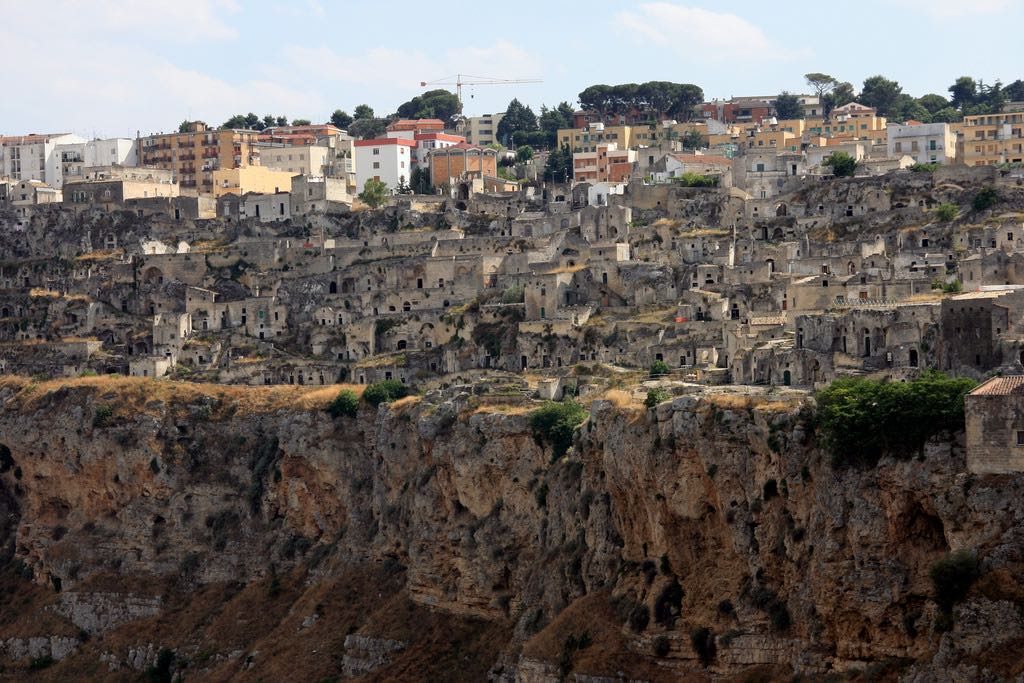
Until the late 20th century, the Matera region was one of the poorest in Italy. There was no electricity or running water or sewage disposal facility. The people lacked basic goods because there were no shops in the village. A typical diet consisted of bread, oil, crushed tomatoes, and peppers. Large families lived alongside their livestock, and in such unhygienic conditions, disease was rampant, especially malaria. The extreme poverty of these people during Benito Mussolini’s fascist rule was exposed in the book “Christ stopped at Eboli” by an Italian doctor Carlo Levi.
After the Second World War, the new government tried to move the city’s cave residents into modern dwellings but many people were reluctant to move. Eventually, the government had to forcibly relocate the inhabitants to the new town on top of the cliff.
Matera’s fortune changed after 1993 when UNESCO declared Matera’s sassi and cave churches a world heritage site, bringing a wave of curious tourists. Since then, many of Matera’s crumbling caves has been restored and transformed into cozy homes, stylish hotels and restaurants.
From our partners:
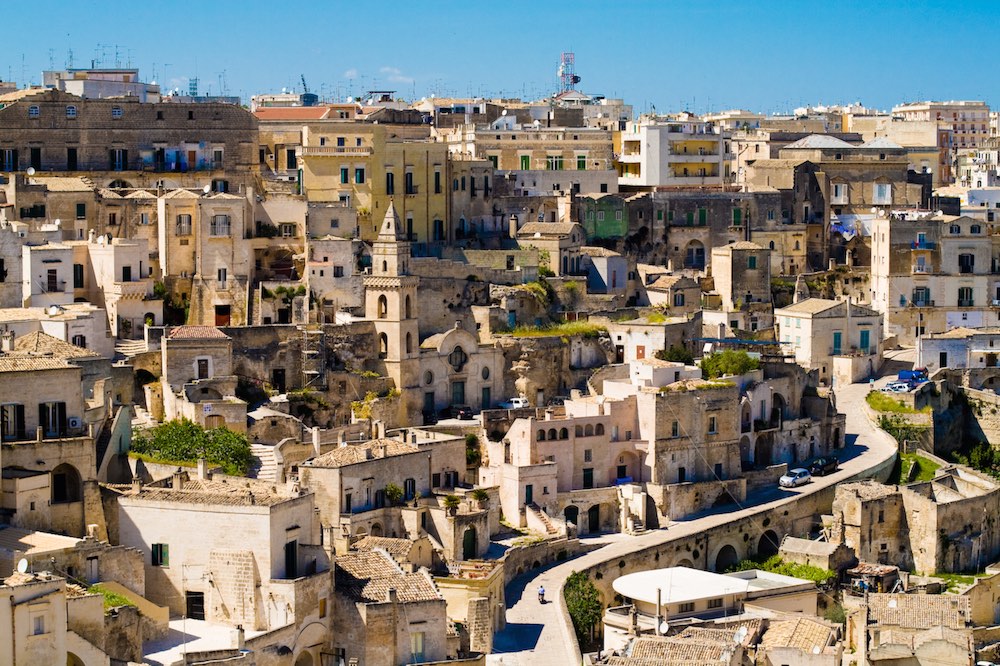



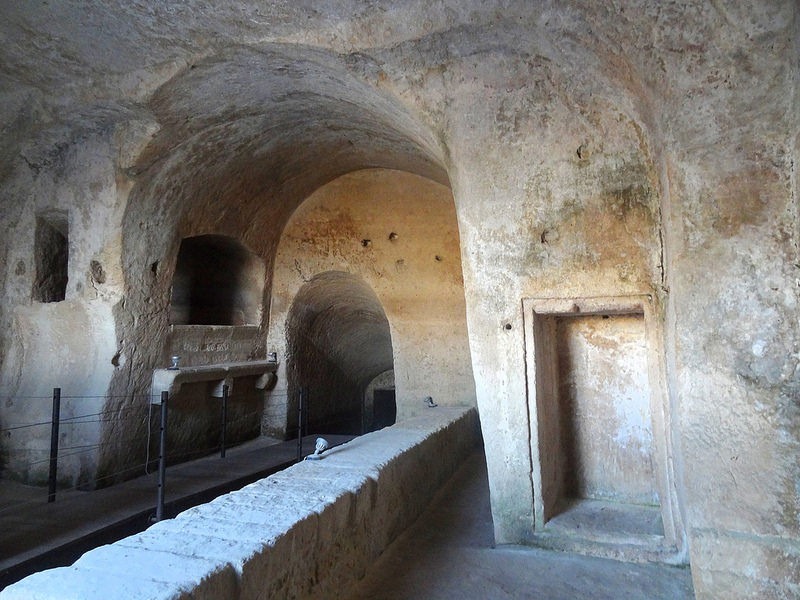


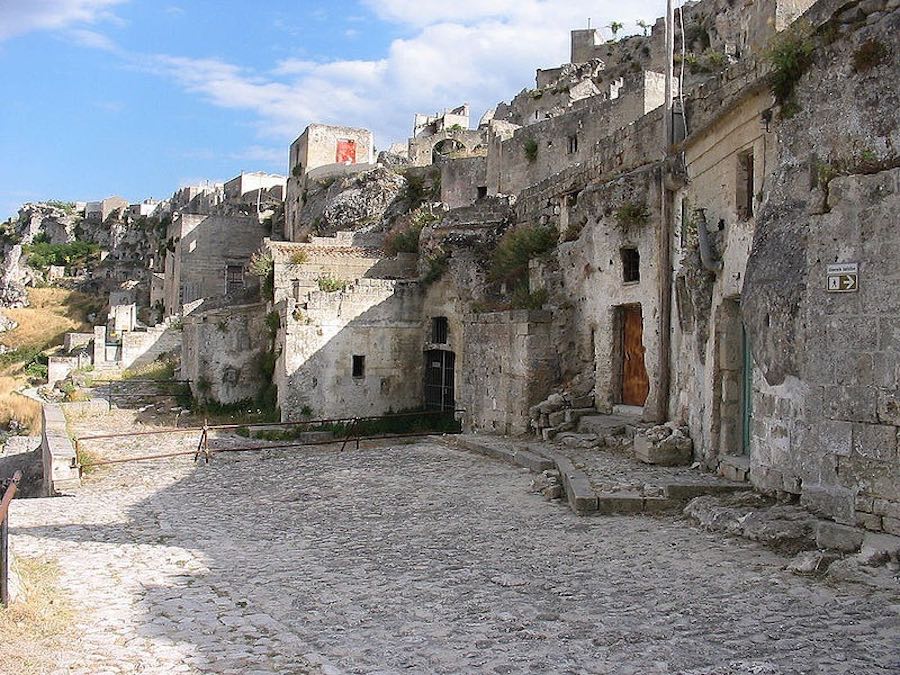
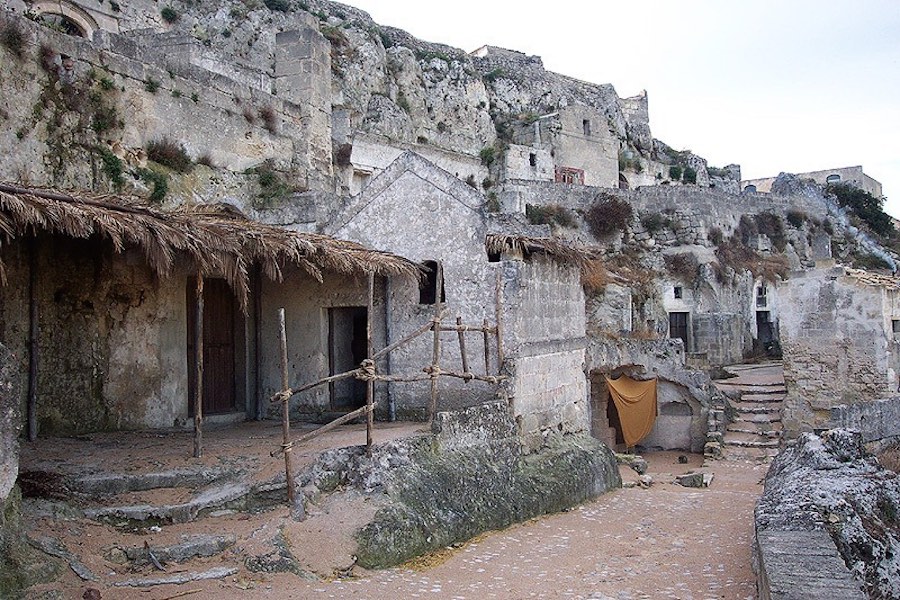
This feature originally appeared in Amusing Planet.

















